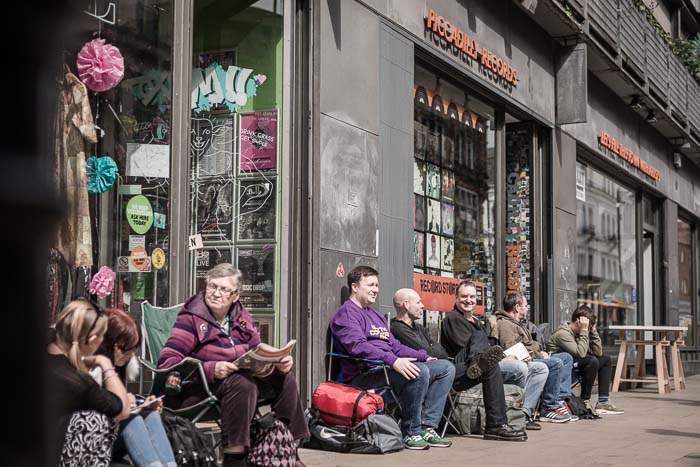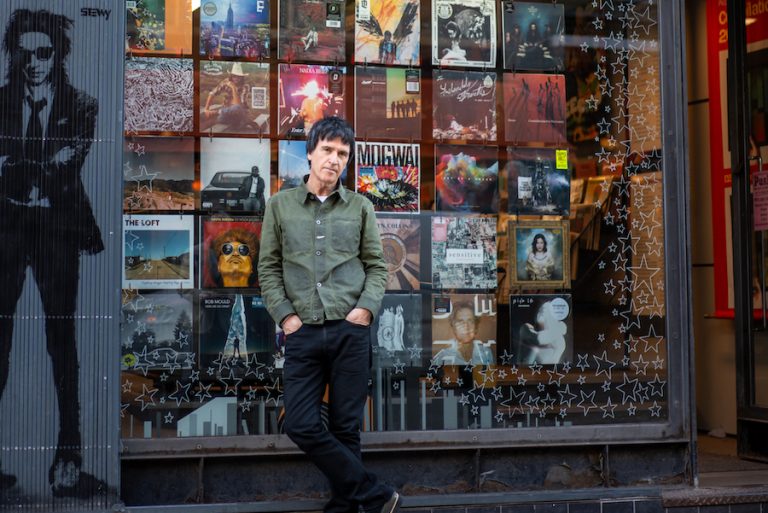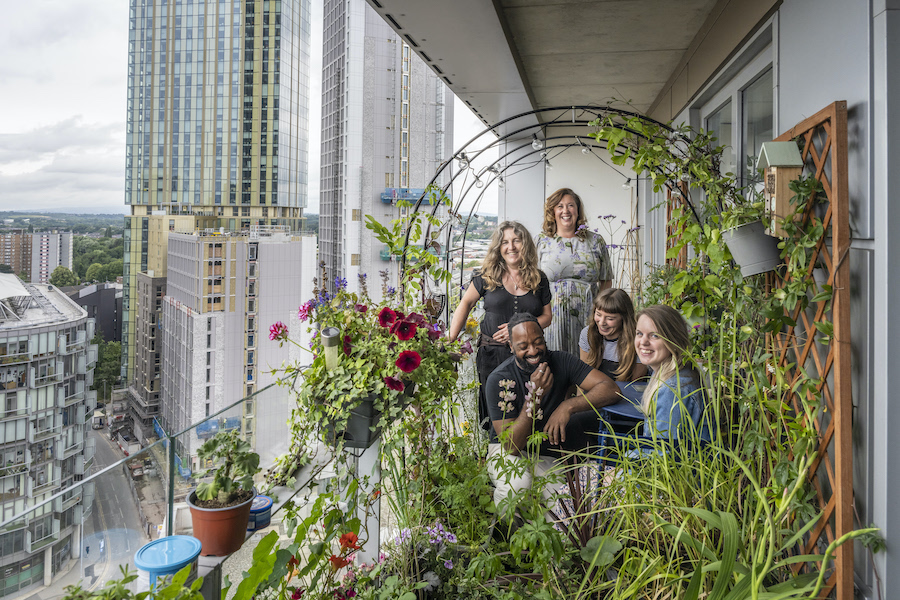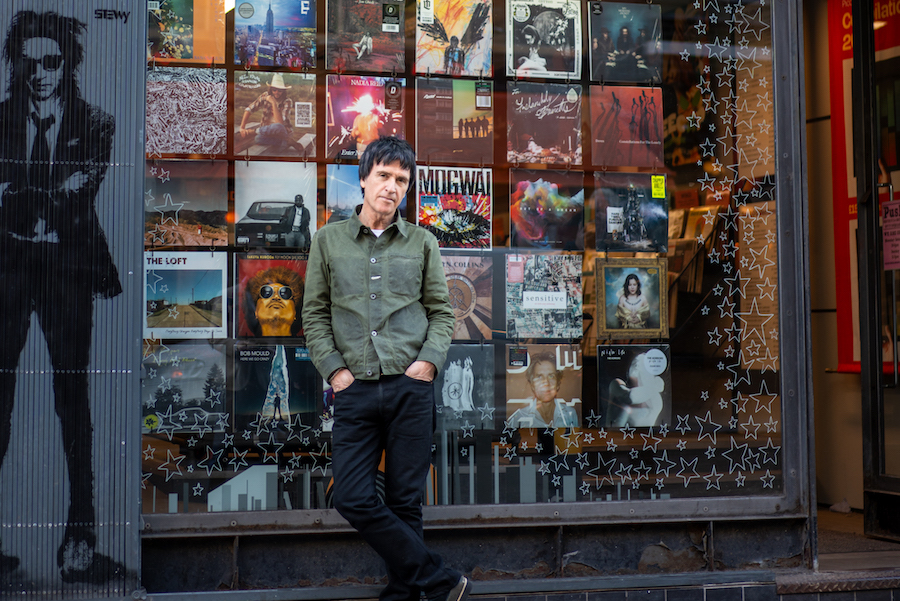Manchester City’s Etihad Stadium capacity set to rise to 63,000
- Written by Ray King
- Last updated 6 years ago
- City of Manchester, Sport
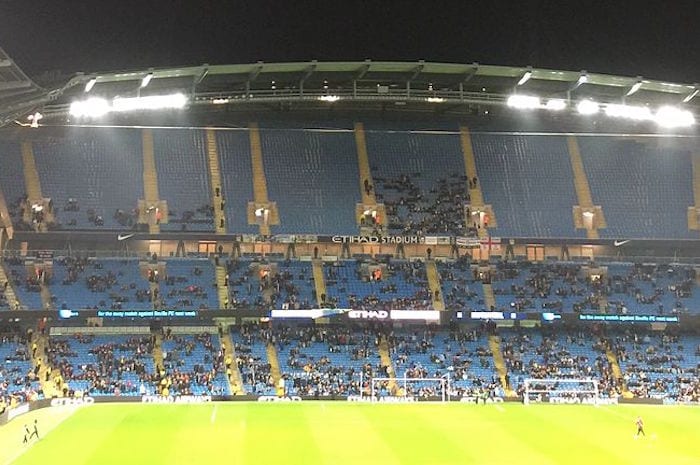
Premier League champions and current league leaders Manchester City are a step closer to further increasing the capacity of the Etihad Stadium, their home in east Manchester.
According to the Mail on Sunday, the Blues are looking to expand the north stand – to take the stadium’s capacity to 63,000 – and consulting fans over the possibility of incorporating safe standing area.
When the work – which could begin as early as next summer – is completed, City will boast the second largest club ground in England – behind Manchester United’s Old Trafford stadium, whose official capacity is just under 75,000.
The expanded Etihad would hold more fans than Arsenal’s Emirates stadium (58,897), the unloved London Stadium (60,100) – the 2012 London Olympic venue now home to West Ham United – and Tottenham Hotspur’s still unfinished new White Hart Lane (62,062)
The newspaper reported that the expanded north stand would comprise two tiers and be a mirror image of the already expanded south stand, boosting the stadium capacity by 8,000 from its current 55,000.
Stadium construction company ISG are reported to have recently hosted a fans forum group on behalf of the club. City are said to be eager to “engage in dialogue with fans to understand their preferred features which could then be incorporated into the development of the stadium.”
City officials are understood to be closely monitoring the success of safe standing sections at Glasgow Celtic’s Celtic Park (60,832) and Borussia Dortmund’s massive Westfalenstadion (81,365).
A government review into safe standing is currently underway and expected to reach a conclusion at the end of the year. All-seater stadiums for clubs in England’s top two divisions became a requirement following the Taylor Report in the aftermath of the Hillsborough disaster in 1989.
City officials are also said to be “eager to ensure the majority of the new capacity will be priced at affordable levels for the ‘average’ fan.” However plans are also being discussed to incorporate some corporate areas into the expanded stand.
It is believed construction work would take two years, meaning an expanded stand could be ready in time for the 2021/22 season, if work was to get under way next year.
What is now the Etihad stadium was a vital factor in the decision by Sheik Mansour of Abu Dhabi and his advisers to buy Manchester City rather than a rival club.
It is believed that they chose City rather than Everton because the Merseyside club’s Goodison Park was (and still is) an old-fashioned football ground whereas the then City of Manchester Stadium, built for the Commonwealth Games of 2002, was at the forefront of modern design with space to expand.
The stadium that hosted the Games was a scaled-down version of the 80,000-capacity design conceived for Manchester’s failed bid to host the 2000 Olympics, awarded to Sydney.
With a temporary stand at one end, the original Eastlands stadium seated 38,000 for the games. When the athletes moved out, the stand was removed along with the running track. Heavy equipment then dug down another tier, the stand was made permanent and by the time Manchester City moved in from their old Maine Road ground in Moss Side for the start of the 2003-4 season, the capacity had increased to 48,000.
In 2015, by which time the ground had become the Etihad Stadium and the club, with the riches from Abu Dhabi, had joined the Premier League elite, a £60 million project added a third tier to the south stand, upping total capacity to 55,000.
City insist that no decisions have been made and no timeline is in place but few doubt the ambition of the owners.
When the project is complete, it will mark yet another stage in an astonishing story. The Etihad Campus’ surroundings, once home to heavy industry, became a virtual wasteland when it collapsed in the 1970s and 1980s.
Rescuing east Manchester became one of the biggest regeneration projects in Europe and bidding for the Olympics and staging the Commonwealth Games was part of that – really more about economics than sport.
But after the credit crash of 2007, the project was faltering until out of the blue, Sheik Mansour took over City in September 2008.
- This article was last updated 6 years ago.
- It was first published on 21 November 2018 and is subject to be updated from time to time. Please refresh or return to see the latest version.
Did we miss something? Let us know: press@ilovemanchester.com
Want to be the first to receive all the latest news stories, what’s on and events from the heart of Manchester? Sign up here.
Manchester is a successful city, but many people suffer. I Love Manchester helps raise awareness and funds to help improve the lives and prospects of people across Greater Manchester – and we can’t do it without your help. So please support us with what you can so we can continue to spread the love. Thank you in advance!
An email you’ll love. Subscribe to our newsletter to get the latest news stories delivered direct to your inbox.
Got a story worth sharing?
What’s the story? We are all ears when it comes to positive news and inspiring stories. You can send story ideas to press@ilovemanchester.com
While we can’t guarantee to publish everything, we will always consider any enquiry or idea that promotes:
- Independent new openings
- Human interest
- Not-for-profit organisations
- Community Interest Companies (CiCs) and projects
- Charities and charitable initiatives
- Affordability and offers saving people over 20%
For anything else, don’t hesitate to get in touch with us about advertorials (from £350+VAT) and advertising opportunities: advertise@ilovemanchester.com
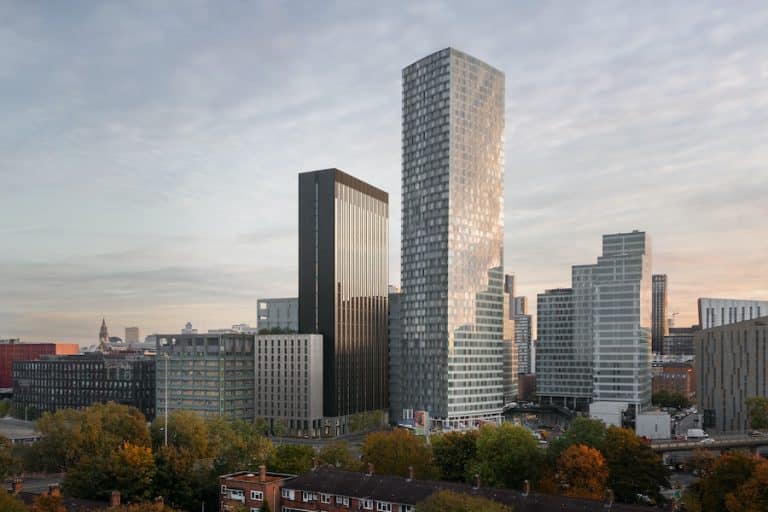

The Manc aerobics queen who trained the Corrie cast is helping raise charity cash

Ancoats to get even cooler as independent market set for MOT garage site
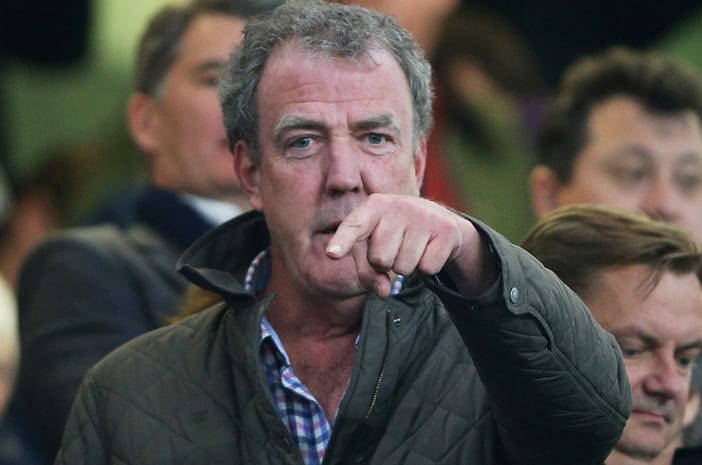
“Manchester is not Britain’s second city, it’s the first” – Jeremy Clarkson
